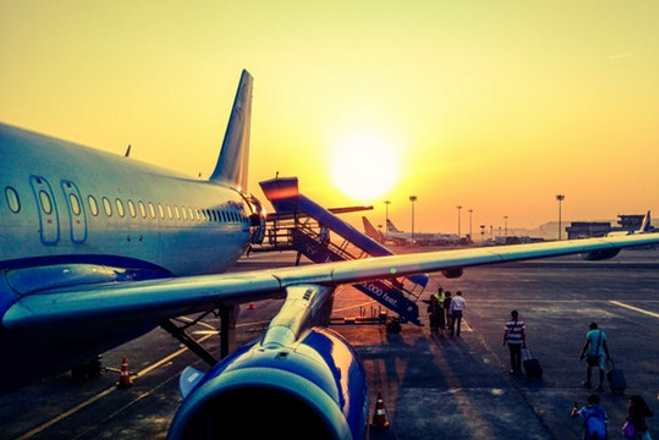Flexible booking strategies to handle disruptions
Travel plans increasingly face unexpected disruptions, from sudden schedule changes to entry requirements and airport delays. Flexible booking strategies help travelers adapt with less stress by prioritizing adjustable itineraries, clear documentation, and contingency options. This overview explains practical steps to build resilience into bookings and daily travel choices so you can respond quickly when plans shift.

Travel is subject to change at short notice, whether due to weather, regulatory shifts, or operational issues. Building flexibility into bookings and daily choices reduces stress and preserves mobility when disruptions occur. The strategies below cover documentation, route planning, airport navigation, luggage handling, and broader considerations like sustainability and safety to help keep journeys manageable and resilient.
Visas and customs preparedness
Review entry and transit visa requirements well before travel and keep digital and paper copies of critical documents. Many countries now adopt electronic visa systems or require health or transit declarations; maintain screenshots of confirmation pages and email receipts. If your itinerary has tight connections or multi-leg layovers, verify transit visa rules for each airport and country involved. Preparedness reduces the risk of denied boarding or unexpected quarantine requirements, and having multiple copies of documents speeds resolution when officials request proof.
Flexible itineraries and bookings
Design itineraries with built-in buffer days and flexible reservations where possible. Prioritize refundable or changeable tickets for the critical segments of a trip and use travel credit policies when nonrefundable fares are unavoidable. Keep a short list of alternative routes and departure dates in case primary options are modified. Use calendar reminders to check for schedule updates 48–72 hours before departure and register travel plans with airlines or travel providers so you receive immediate notifications about changes.
Airports, connections, and transfers
Plan for realistic transfer times, especially when switching terminals or airports. Ground transfers, security lines, and customs can add unpredictable delays; aim for longer layovers when connections cross borders or require baggage recheck. Know the layout of major airports on your route and options for transport between nearby airports. When possible, book through itineraries on a single ticket to increase protection for missed connections; when tickets are separate, allow more cushion and verify baggage transfer arrangements.
Baggage strategies and mobility
Travel light and prioritize carry-on essentials to reduce the impact of delayed baggage. If checked bags are necessary, tag them externally and keep a list of contents and serial numbers. Use luggage tracking apps and consider direct-ship or courier options for critical items when time is tight. For mobility, have a small kit with chargers, adaptors, medications, and a change of clothes in your carry-on. When traveling with mobility equipment, confirm airline and transfer policies in advance and document any special handling needs.
Schedules, safety, and handling disruptions
Monitor schedules across carriers and ground services, and sign up for alerts from airlines, rail providers, and transfer companies. In the event of cancellations, know your rights for rebooking, refunds, or accommodation; many carriers prioritize safety-focused alternatives such as earlier or later flights on the same carrier or partner networks. Keep emergency contacts, travel insurance details, and local embassy or consulate information accessible. Maintain situational awareness at airports and stations to adapt quickly to announcements or gate changes.
Sustainability and mobility choices
Flexible travel can also be aligned with sustainability goals: choose routes with fewer emissions where practical, combine segments to reduce redundant legs, and consider surface transfers as alternatives to short-haul flights. When selecting flexible fares or options, weigh the environmental impact of alternatives. Mobility choices—like using public transport for transfers or selecting consolidated services—can lower carbon footprint and often add redundancy in case primary transport is delayed or canceled.
Conclusion
Integrating flexibility into bookings and day-to-day travel routines helps manage disruptions with less friction. By preparing documentation, designing adaptable itineraries, planning realistic airport transfers, managing baggage proactively, staying informed on schedules and safety measures, and considering sustainable options, travelers can respond faster and maintain continuity of plans. These practices create resilience without requiring major sacrifices to the trip experience.





